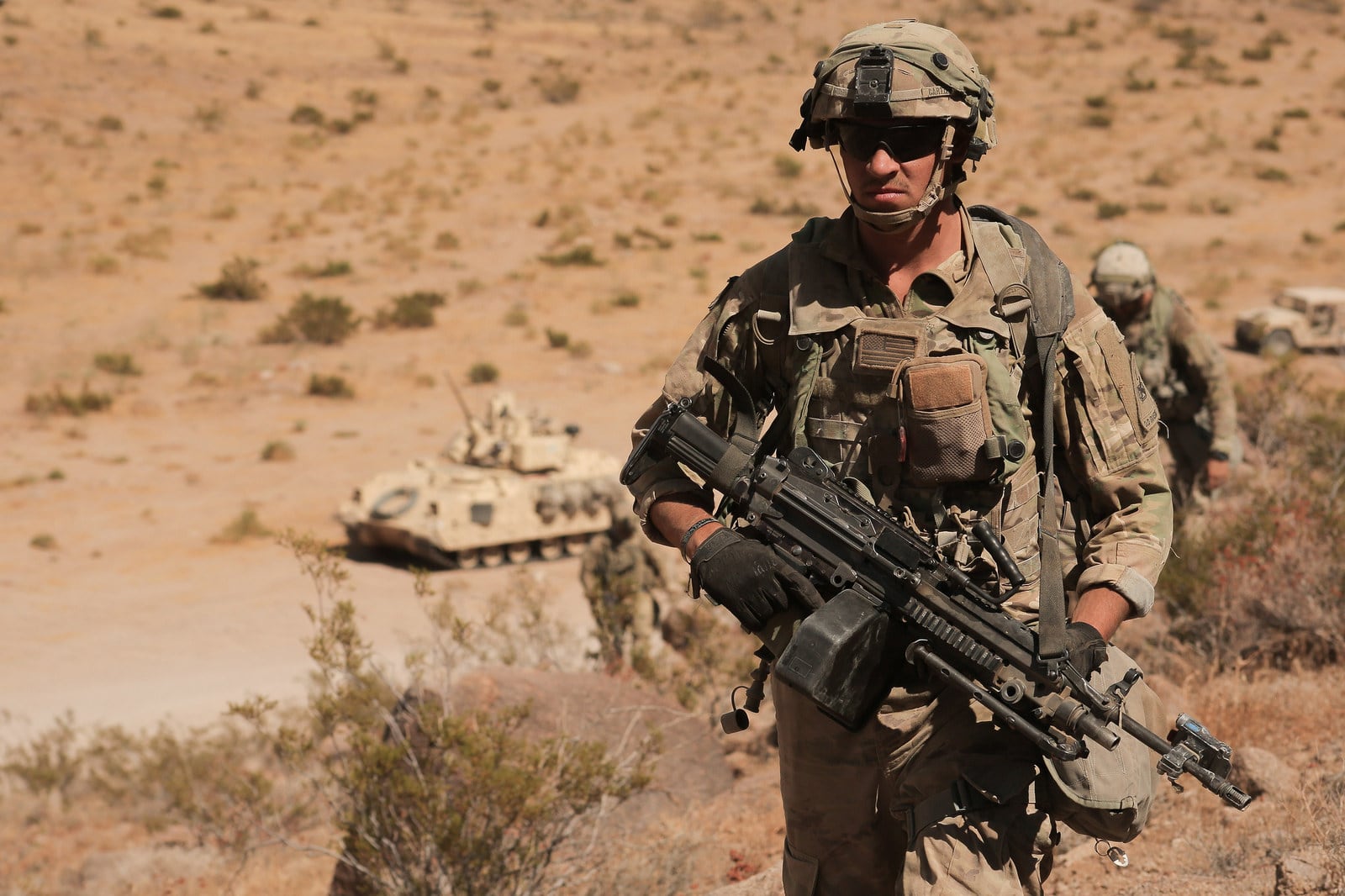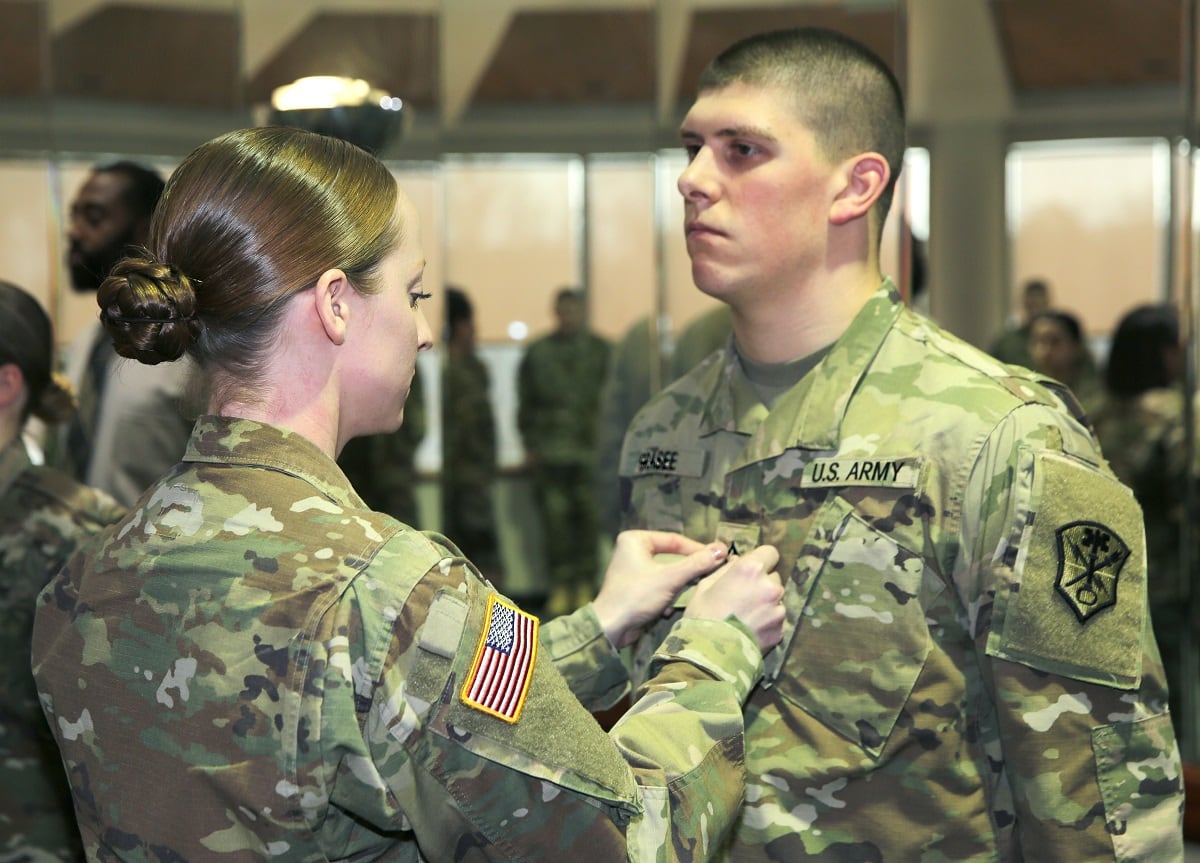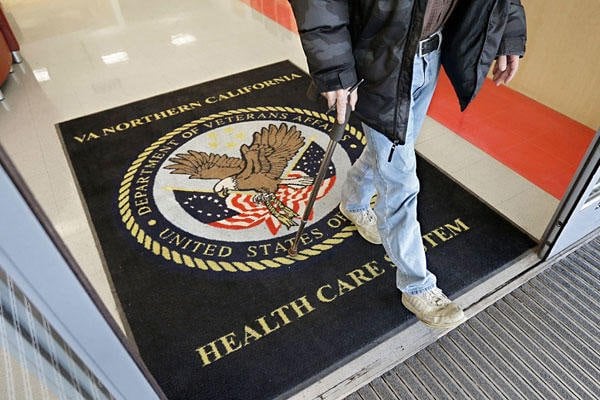Were you up for a promotion this year? How did you do? Good or bad, a recent promotion board member has the inside scoop on what the boards are looking for.
Lt. Col. Eric McCoy, now a student at the Army War College, took to Facebook on July 19 with a long list of lessons learned from this year’s board process.
“A lot of it was just wanting to be able to share that with the soldiers I mentor, so they can prepare their soldiers for next year’s boards,” McCoy told Army Times on Tuesday.
Heading into the board process, he said, officers and NCOs he mentored asked him to look into some conventional wisdom about promotions. To his surprise, a lot of them were true.
“I didn’t believe it until seeing it for myself,” he said. “Things like making sure that record briefs are updated, the importance of a good photo.”
For more information on preparing for promotion boards, Army Human Resources Command keeps guides online to preparation checklists, writing a letter to the board and more.
Here are McCoy’s pointers:
1. Check your work
Incomplete or out-of-date paperwork made the top of the list in make-or-breaks when it comes to moving up.
The board saw discrepancies in information like assignments, combat tour credit, education and awards, McCoy wrote, as well as missing or incorrectly calculated PT test scores.
“It is the individual responsibility of every soldier to review and ensure the accuracy of their records,” he wrote. “Moreover, it is highly encouraged that soldiers seek a mentor to review their records.”
2. Fix your face
Make sure there’s a recent, regulation-friendly photo attached to your promotion packet. Some soldiers the board looked at had old or missing photos, while others were out of regs (hair, make-up, mustaches) in the ones available.
“Ill-fitting uniforms (both tight and loose fitting) gave the impression that NCOs were not in compliance with AR 600-9,” McCoy wrote. “Wrinkled pants and jackets detracted from professional appearance.”
And don’t forget to take a photo with the most current version of your uniform, with everything in its proper place. Some soldiers were missing awards that were in their Soldier Record Brief, while others were wearing ribbons in the wrong order or improperly aligned.
Soldiers should “ensure that someone else with knowledge of the regulations inspects them prior to DA Photos and attendance at formal events,” he wrote.
3. Write a letter
Soldiers should include a letter to the president of the board with their packets, McCoy said, but only if it contains some kind of information not already reflected in their records.
“Letters to the board were considered favorably when they highlighted recent achievement or unusual circumstances that the SRB did not reflect (i.e., impact awards, degree completion, or prolonged periods of medical issues),” he wrote.
But if your letter would only summarize what the board can read in your paperwork, skip it, he said.
And if you’re going to include a letter, he added, make sure it’s formatted according to AR 25-50, and make sure there are no grammar errors, he added.
4. Get the story straight
If comments from your rater and senior rater don’t support one another, or they don’t reflect your records, that’s going to look bad.
“Disconnects between rater and senior rater assessment sends a mixed message to the board,” McCoy wrote. “In some situations, the assessment of ‘far exceeded standards’ was not supported by quantitative data in the bullets.”
The officer and NCO evaluation reports that came online in recent years require more of a narrative from raters and senior raters on a soldier’s performance, so it’s important that the comments are consistent and expand on what’s in the records.
“I think the nuance of that is, making sure that raters are talking to senior raters in terms of the picture that they want to paint,” McCoy told Army Times. “A difference in profile assessment from the rater to the senior rater, to some board members, may send a mixed message.”
5. Go for a run
No soldier would be surprised to hear that a top PT score looks good to a promotion board, but a noted lack of physical fitness could also be a black mark.
“There were a number of NCOs with physical profiles and/or low Army Physical Fitness Test scores that limited their ability to lead by example within their respective formations (i.e., PT, field duty) along with access to career enhancing professional opportunities (i.e. drill sergeants),” McCoy wrote.
Further, raters' comments often glossed over how detrimental a lack of fitness is to a solider and a unit.
“This sends an inconsistent message about soldier comprehensive readiness,” he wrote.
RELATED

A number of promotion packets also raised the question of long-term non-deployability, he added, including a “significant” number of NCOs with P3 profiles ― which, by regulation, require a soldier to go through a medical boarding process to determine whether he or she should be separated.
“Physical readiness management should be re-emphasized in the institutional, operational, and self-developmental domains of leader development,” McCoy wrote. “At six-month mark, commanders should initiate fit for duty evaluations for NCOs that are unable to make progress regarding their physical readiness.”
6. Mix it up
Simply put, soldiers who spend too much time either in operational or institutional assignments are marring their chances for promotion, McCoy wrote.
Broadening assignments like recruiting or drill sergeant look good, but NCOs should make it a point to get back to operational units afterward.
“Conversely, we perceived stagnated growth for NCOs with extended time on station in the same duty position, consecutive duty assignments in institutional Army (i.e., TRADOC, USAREC), or assignments not annotated in the MOS smart book (i.e., Orderly Room NCO, R&U NCO),” he wrote.
7. Go to class
The Army offers up to $4,000 a month toward college tuition and certificate expenses, and a promotion board likes when soldiers take advantage of it.
“Conversely, we viewed NCOs not taking advantage of educational opportunities and those who allowed technical certifications to expire less favorably,” McCoy said. “We also viewed military training transferred to civilian credits without enrollment in and/or completion of a degree-producing program less favorably.”
Leaders are supposed to be helping set education goals for soldiers, he added, so NCOs should be nesting civilian education goals within their career timelines.
Meghann Myers is the Pentagon bureau chief at Military Times. She covers operations, policy, personnel, leadership and other issues affecting service members.










